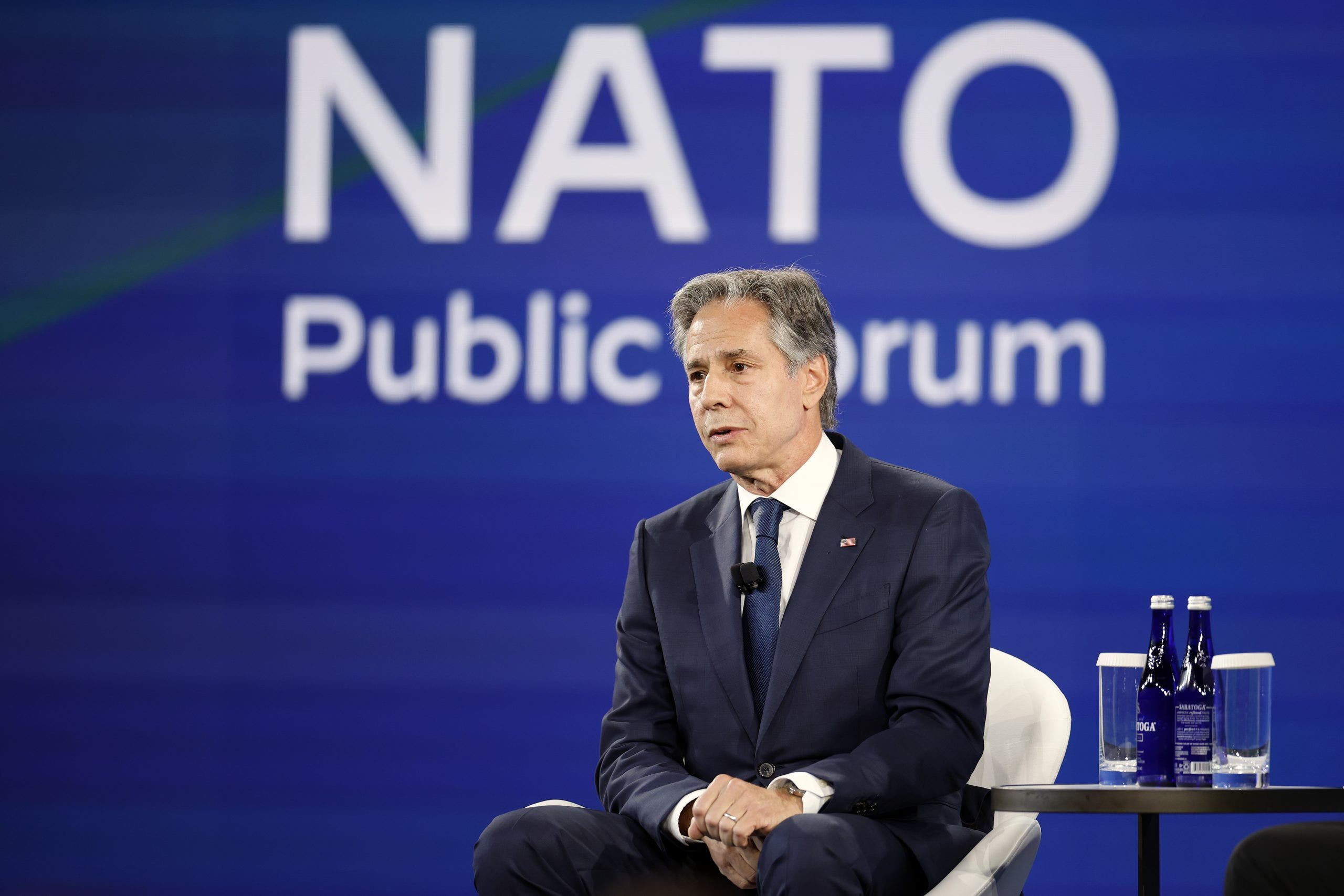India fought back. On the evening of Aug. 29, 2020, troops from a secretive Indian guerrilla force, together with soldiers from the Indian Army, began ascending the slopes of a mountain in eastern Ladakh. The mountains are part of the Kailash Range, a chain of rugged peaks, the tallest of which reach 22,000 feet, beginning near Pangong’s southern bank and extending southeast for some 500 miles. Because of the difficult terrain, the heights along the range were left unoccupied by both India and China after the 1962 war. But now, nearly six decades later, Indian Army commanders hoped to take control of several of these hilltops.
As Lt. Gen. Y.K. Joshi, the top commander in charge of the operation, later disclosed in media interviews, the operation, called Snow Leopard, had been planned as a response to the P.L.A.’s incursions. By the night of Aug. 29, Indian troops were in possession of a strategic peak. The following morning, Indian tanks rolled up a mountainside several miles southeast on the range, enabling the Indian Army to occupy a high mountain pass known as Rezang La, a strategic location overlooking a Chinese garrison stationed at Moldo on the other side of the range. By the time the P.L.A. could bring its equipment and troops up the slopes on their side, Indian troops already had the advantage.
The action was “well planned, well thought out and executed, achieving total surprise,” Joshi said in a video interview with Nitin Gokhale, a veteran Indian military journalist who runs a foreign-affairs website called Stratnews Global. (The Indian Army has not officially released any information about the operation, but I got a summary description of it from Gokhale.) The Indians suffered one casualty: 53-year-old Nyima Tenzing of the guerrilla Special Frontier Force, which was established 60 years ago to conduct covert operations against China. Tenzing, like other troops who make up the S.F.F., was of Tibetan origin and died from a land mine left behind after the 1962 war.
As Joshi explained to Stratnews, India’s goal in taking the Kailash heights was to compel China to withdraw from the areas occupied by the P.L.A. after their incursions earlier that month. The strategy gave India leverage in negotiating with China, and ultimately led to success: In February 2021, the P.L.A. dismantled its structures and pulled its soldiers back from those sites in exchange for Indian troops vacating the hilltops.
That doesn’t mean, however, that the Chinese have given up. In fact, the P.L.A.’s military presence in the broader area north of Pangong Lake has increased significantly since 2021. According to an analysis by the Center for Strategic and International Studies of satellite images taken on Oct. 4, 2022, the Chinese have built a new P.L.A. divisional headquarters just north of Pangong, just three and a half miles from the Line of Actual Control. Its support buildings are, the C.S.I.S. reports, “flanked by a bevy of trenches and revetments for storing and securing equipment.”






